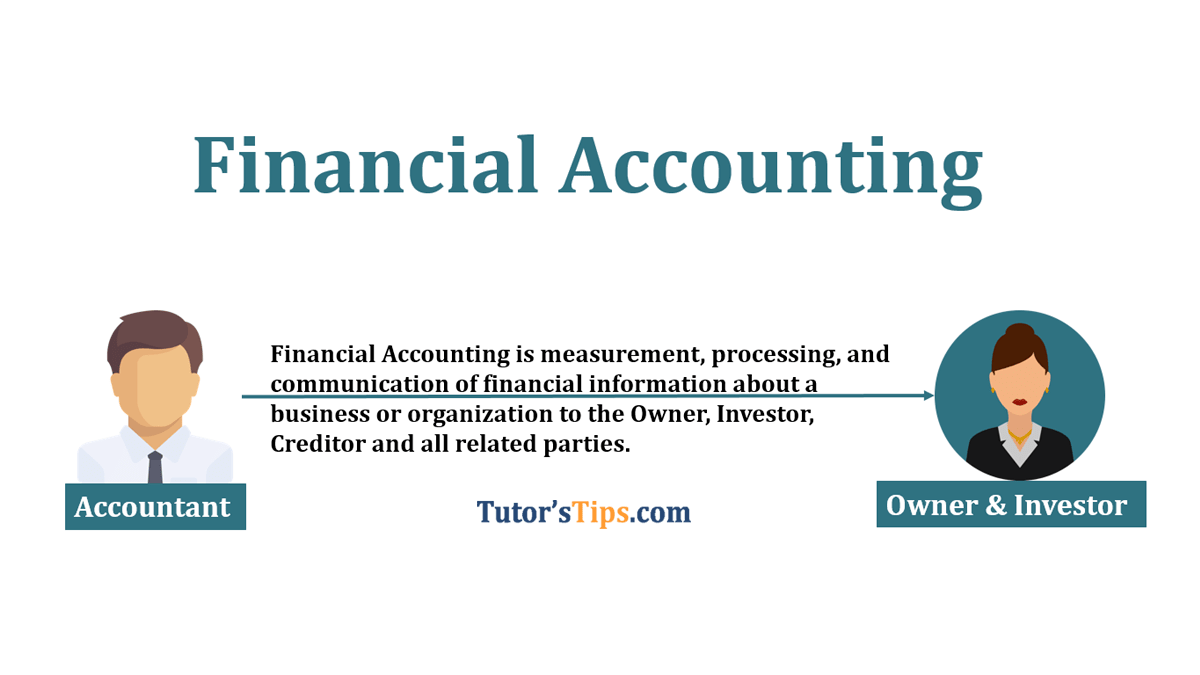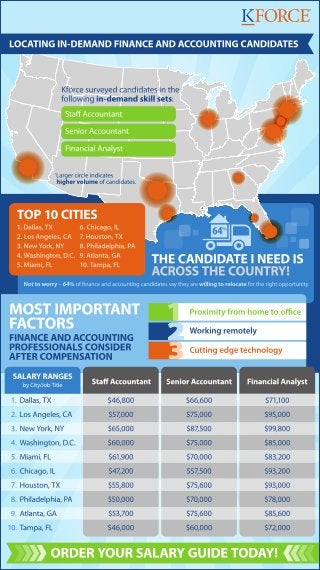
A chart or list of accounts is a list that lists the financial accounts used by a company to record transactions. A chart of accounts is typically created by an accountant. It is also available to a bookkeeper for recording transactions. It includes the account codes for every type of transaction. This includes the dollar amount and the type. A chart of account can be used in several ways. Find out how to make one. Here are some helpful tips to get you started. Let's take a look at the different types of charts of accounts.
A chart of accounts
A chart of accounts is important for a business's financial records. This helps you keep track and review financial performance. However, it can make it difficult to make quick decisions when accounts are not well organized. It can also cause confusion in reviewing financial records and reports. Here are three tips to set up a chart of accounts that will save you time and frustration. Once you have your chart, you can start to track your business’ financial performance.

You should get a clear understanding of your clients' needs before you begin creating your Chart of Accounts. Your customers may want more details about their business' finances than what is usually included in your company's financial reports. Ideally, your chart of accounts should be customized to your customer's industry. You can automatically create the chart of accounts for a customer if you are working with a new client by creating a company file. This will allow you to meet the industry requirements of your client.
Adding a new account
Once you are familiar with the process, adding a new account to the chart is easy. Click the Account Wizard option from the Preferences Setup General tab. This will take you through how to create a new Account. First, choose the name of the account you wish to add. Your account name should be descriptive, and it should match the real-life name. Once you have selected the name, you can proceed to creating transactions.
You can also inactive the G/L Account. To be considered inactive, the account must be empty. The inactive account is removed from the selection lists, but it will still be available in the system for historical reference. To hide an inactive account from the Chart of Accounts List you can click the Inactive Button. Inactive accounts can't be deleted or edited. If you make changes to any field, however, they can be made back up.
Retire an account
The Chart of Accounts allows you to delete an account. You must ensure that the account's ID is not referenced in any transactions. To reduce an account's balance to zero, you can either delete the account's beginning-balance entry or adjust G/L transactions. If an account has not been used for at least two consecutive years, the process is faster. After you've completed the above steps, you can delete the account from Chart of Accounts.

Delete an account from the Chart of Accounts in Sage 50 by choosing the appropriate option from the list. This option displays a listing of all accounts you wish delete. To confirm the action, click on "Delete". You can hide the account if you don't want it deleted. However, this will reduce the accuracy of the account data. To delete the account click "Delete" and then click OK.
FAQ
What are the different types of bookkeeping systems?
There are three main types of bookkeeping systems: manual, computerized and hybrid.
Manual bookkeeping is the use of pen and paper to keep records. This method demands constant attention to detail.
Software programs are used for computerized bookkeeping to manage finances. It is time- and labor-savings.
Hybrid bookkeeping is a combination of both computerized and manual methods.
Why is reconciliation important?
It is vital because mistakes can happen at any time. Mistakes include incorrect entries, missing entries, duplicate entries, etc.
These problems can lead to serious consequences like inaccurate financial statements and missed deadlines, excessive spending, bankruptcy, and other negative effects.
What should I expect when hiring an accountant?
Ask questions about the qualifications and experience of an accountant when you are looking to hire them.
You need someone who is experienced in this type of work and can explain the steps.
Ask them about any skills or knowledge they may have that could be of assistance to you.
Be sure to establish a good reputation within the community.
What is the difference in accounting and bookkeeping?
Accounting is the study of financial transactions. Bookkeeping records these transactions.
Both are connected, but they are distinct activities.
Accounting deals primarily with numbers, while bookkeeping deals primarily with people.
For the purpose of reporting on financial conditions of organizations, bookkeepers maintain financial information.
They ensure that all the books are balanced by correcting entries for accounts payable, accounts receivable or payroll.
Accountants review financial statements to determine compliance with generally accepted Accounting Principles (GAAP).
If they are unsure, they might recommend changes in GAAP.
So that accountants can analyze the data, bookkeepers keep records about financial transactions.
What is the difference in Chartered Accountant and a CPA?
Chartered accountants are professionals who have successfully passed the examinations required to be designated. Chartered accountants are usually more experienced than CPAs.
Chartered accountants are also qualified to offer tax advice.
To complete a chartered accountant course, it takes about 6 years.
Statistics
- According to the BLS, accounting and auditing professionals reported a 2020 median annual salary of $73,560, which is nearly double that of the national average earnings for all workers.1 (rasmussen.edu)
- "Durham Technical Community College reported that the most difficult part of their job was not maintaining financial records, which accounted for 50 percent of their time. (kpmgspark.com)
- a little over 40% of accountants have earned a bachelor's degree. (yourfreecareertest.com)
- Given that over 40% of people in this career field have earned a bachelor's degree, we're listing a bachelor's degree in accounting as step one so you can be competitive in the job market. (yourfreecareertest.com)
- Employment of accountants and auditors is projected to grow four percent through 2029, according to the BLS—a rate of growth that is about average for all occupations nationwide.1 (rasmussen.edu)
External Links
How To
How to do bookkeeping
There are many kinds of accounting software. While some software is free and some cost money to purchase, many offer basic functions such as billing, invoicing, inventory management, payroll, point-of sale, financial reporting, and processing of payroll. The following is a brief overview of the most widely used types of accounting software.
Free Accounting Software: This accounting software is generally free and can be used only for personal purposes. Although the program is limited in functionality (e.g. it cannot be used to create your reports), it can often be very easy for anyone to use. Many free programs also allow you to download data directly into spreadsheets, making them useful if you want to analyze your business's numbers yourself.
Paid Accounting Software: These accounts are for businesses that have multiple employees. These accounts include powerful tools to manage employee records, track sales and expenses, generate reports, and automate processes. While most paid programs require a subscription fee for at least one-year, many companies offer subscriptions that last just six months.
Cloud Accounting Software: Cloud accounting software allows you to access your files anywhere online, using mobile devices such as smartphones and tablets. This program has gained popularity due to the fact that it frees up space on your hard drive, reduces clutter, is easier to use remotely, and also makes work more efficient. There is no need to install any additional software. You only need an internet connection and a device that can access cloud storage services.
Desktop Accounting Software: Desktop Accounting Software works on your computer, just like cloud accounting. Desktop software allows you to access your files anywhere, even via mobile devices, just like cloud software. You will need to install the software on your PC before you can use it, however, unlike cloud software.
Mobile Accounting Software: This mobile accounting software was specifically developed to work on tablets and smartphones. These apps allow you to manage your finances on the move. They offer fewer functions than desktop programs, but are still useful for those who travel a lot or run errands.
Online Accounting Software: This software is primarily designed for small businesses. It provides all of the same features as a traditional desktop program but adds a few extras. Online software has one advantage: it doesn't require installation. Simply log on to the site and begin using the program. Another benefit is that you'll save money by avoiding the costs associated with a local office.